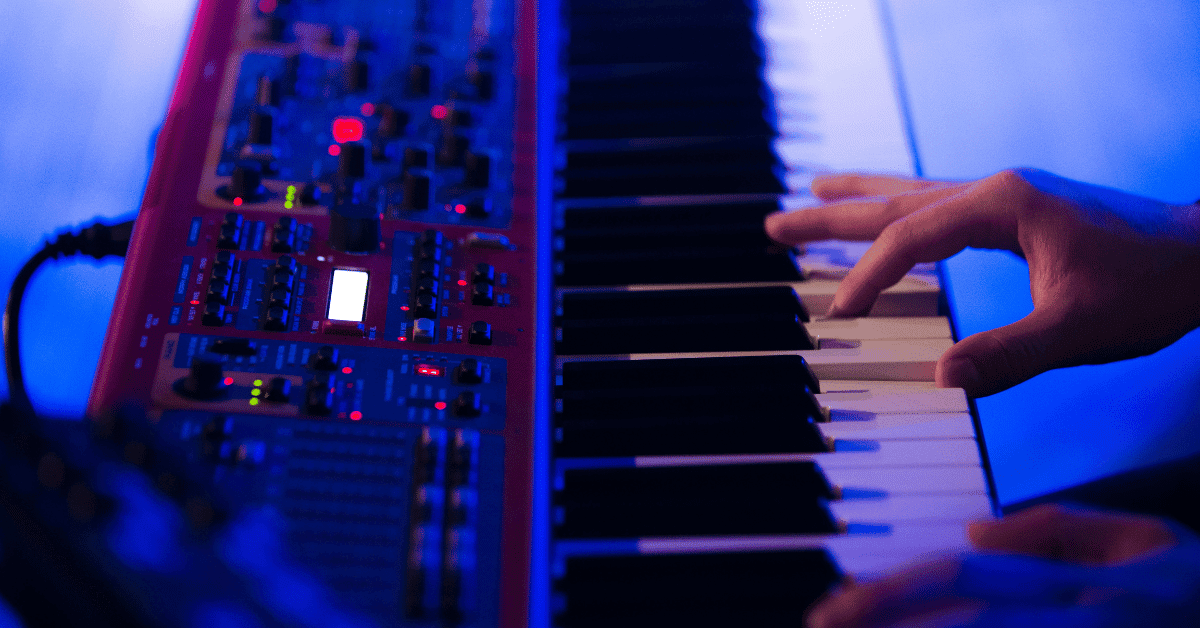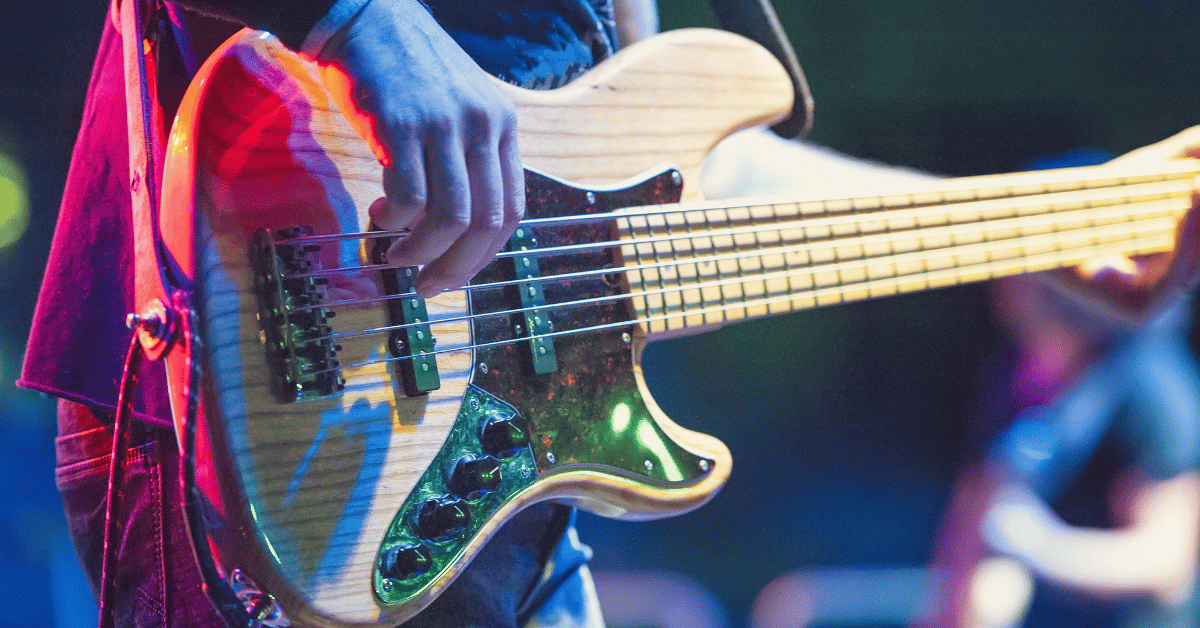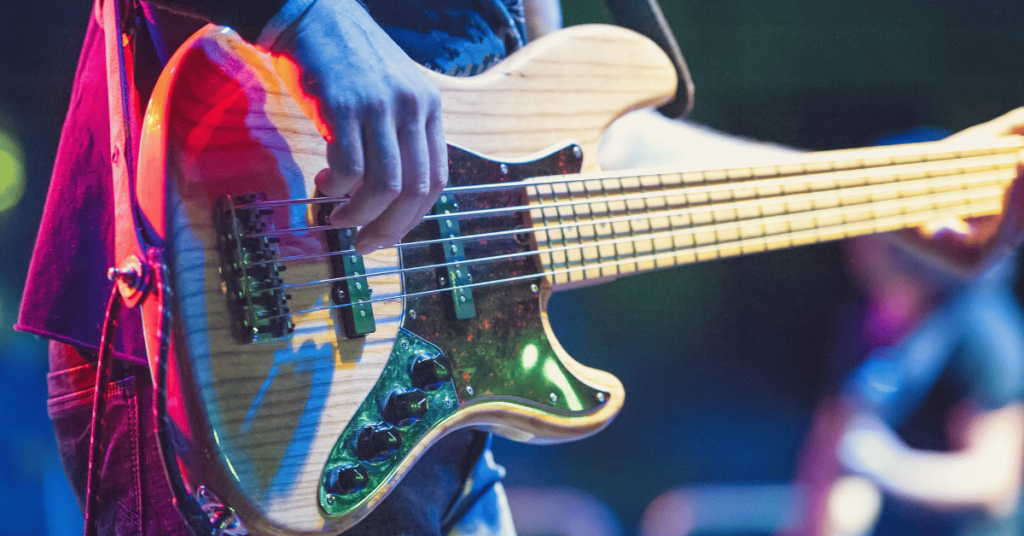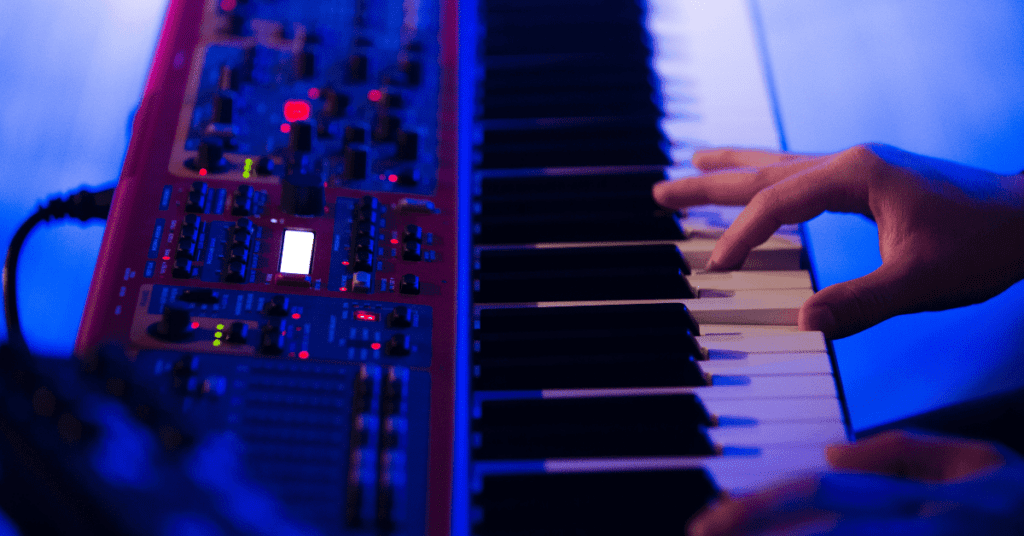Today Jonathan shares about what he’s done over the last 20+ years to grow at facilitating powerful spontaneous worship moments.
We know what it’s like to be a part of powerful spontaneous moments in worship. We want to see the spontaneous moments in your sets carry even more power. So without further ado, here’s how Jonathan’s blog on how you & your team can create better spontaneous worship moments.
Where it all began for me
I have a vivid memory from when I was about 12 years old, sitting at the piano. It was the first time I was able to move between the chords without taking my hands off of the piano and sing the words at the same time. This was my Karate Kid moment!
For years I had practiced scales and technique – my “wax on, wax off” training – at the piano and seemingly out of nowhere playing became intuitive.
That might sound laughably elementary – frankly it was – but up to that point I had only ever played with sheet music. Aside from being in the NBA, playing the piano “by ear” had been my biggest dream. And yet, for years I had been forced to practice Chopin and Bach at home. I couldn’t, for the life of me, figure out how they were connected.
But in that moment on our little living room console piano something clicked.
That first day sounded pretty terrible if I’m being honest, but it was a monumental step toward my goal of playing by ear. It became joyful when I was able to express what was in my heart and mind through the piano.
Years later I would find myself spending hours every week playing in prayer rooms and in wildly spontaneous charismatic worship services. And while I’m by no means an expert or a prodigy, I know what it feels like to be able to play freely in God’s presence, worshiping and facilitating songs spontaneously.
For those of you who read my post some weeks ago on the “The 4 Do’s and Don’ts of Spontaneous Worship” and were asking, “but how?”, this post is for you.
If you have a desire to play and/or sing spontaneously in worship, either as an individual or with a team, here are a few practical tips to help you facilitate better spontaneous worship moments.
Pour Into Your Musical Foundation
Whatever your instrument, learn the basics and don’t skip steps. I’m talking scales, inversions, diminished and augmented triads, circle of fourths, circle of fifths, the Nashville number system, etc.
For vocalists learn your range. Where are you most comfortable? Where do you tend to switch in and out of your head voice or falsetto? Beyond learning finger patterns on guitar or piano, basic theory and knowing your instrument will teach you what those patterns actually are and how they can be utilized.
Almost any skill in the world can be learned with enough dedicated repetition, but if you don’t know when to utilize that skill or how to adapt it to a unique situation then how valuable is it, really?
This is the difference between an electrical engineer and someone who’s YouTubed “how to install a ceiling fan.” One knows how to do a singular skill. The other knows when to employ that skill and when to alter it in the moment upon discovering new information. The engineer’s training empowers them to be “spontaneous” based on the situation.
Let’s bring it back home: knowing basic music theory will arm you with the knowledge to be spontaneous when the opportunity is presented.
Music theory 101 is like Electrical Engineering 101. I’m not suggesting that you begin preparation for a doctorate in music composition, but in order to freely sing or play according to what you hear you will need a measure of proficiency in basic music theory.
This is a great place to start: Music Theory 101 & Advanced Music Theory.
You might be just fine without it, but I promise that when you learn the basics and strengthen your musical foundation a whole new world of playing will be opened up to you.
Train Your Ear
The most important tool for learning to play or sing spontaneously is a good ear.
For some this comes naturally as a God-given gift, while others have to work at it. But it can be learned! The aim of aural theory is to learn to recognize and identify musical intervals and patterns by listening.
Playing sheet music is about executing with your hands what your eyes see on the sheet. Playing spontaneously is about expressing what your ear hears or your mind imagines.
Very practically you can teach yourself by listening to music and analyzing the chord changes: was it a fourth or a fifth? Was that move from a major chord to a minor chord or major to major?
Analyze the melody: how far was that jump? Was it a full octave or was it a seventh or perhaps only a sixth?
If that’s too daunting…
Start at a piano or a guitar and practice going from the tonic (one) to the two, then to the third, then the fourth. Learn to associate popular songs with the intervals (“Here comes the bride” = fourth; “twinkle, twinkle little star” = fifth; “my bonnie lies over the ocean” = sixth; etc.).
If you feel pretty good with intervals and chord identification…
The next level would be to play and sing a spontaneous melody at the same time. Like “scatting” but sing it on “lah” or “dah” or a simple consistent syllable. This is like “hand eye coordination” but for music. Once you’ve got the melody (played and sung), add chords! Challenge yourself by adding secondary dominants or have the melody incorporate a note not in the key.
The point is: your ability to sing and play spontaneously is only possible to the extent that your musical ear is developed.
Keep pushing yourself. You’ll be amazed how much your ear can be trained!
Do It As Much As Possible
The first day I played a chord chart was exhilarating, but… it sounded terrible!
Like any other skill it had to be developed, and on the stage in a live performance wasn’t the place for that to happen.
As a pastor’s kid I spent plenty of time at the church building waiting on dad while he was in meetings. I would find a piano and play songs into the ground. First in the key of C then in F and G then in Eb and Bb. Before I knew it I could play a dozen songs in all twelve keys. Then I would create medleys – practice putting songs together, flowing in and out.
Set Goals
In college I played countless hours in prayer rooms with zero to five people in attendance. I would set arbitrary goals for myself like: spend the entire prayer hour playing only in the keys of B and F# (my two weakest keys). Other times I would reverse and see how many keys I could flow in and out of in a five minute span without being too distracting.
Another time I recorded an entire spontaneous album with the book of Ezekiel being read in my headphones trying to channel the various emotions within the text.
If you’re a singer then practice singing out phrases and melodies as well. Take a theme and see how many lines you can sing without repeating the same phrase.
None of us like to do things we don’t think sound good, but that’s the only way you gain skill.
The point is, there is no shortcut to doing it. Challenge yourself!
If you’re a guitarist…
Force yourself to play in keys that you would normally use a capo for. Your hands will learn new shapes, which might unleash some creativity deep down that you didn’t know was there.
If you’re a pianist…
Stay away from the transpose button and move songs up or down a half step from your typical comfort keys to train your hands.
If you’re a vocalist…
Spend some time writing out phrases based on a theme to open up your imagination. For instance, plan a session to riff on “the goodness of God.” In preparation, write out 20 phrases of various lengths that describe or elaborate on the goodness of God without using “goodness” over and over again.
Each of these are ways to challenge your mind, your hands, and your voice in preparation of moments that are already opportunities in the future.
Do the work now to have confidence when they come. Find unhurried time to play and sing in the presence of God in environments where there is no pressure to perform. The goal here is not to just be an amazing musician, but to be free to release the worship in your heart & mind through music. I hope that everything you’ve read today will help you lead better spontaneous worship moments.
You may also be interested in these related posts!
- The 4 Do’s and Don’ts of Spontaneous Worship
- The Secret to Using Tracks in Spontaneous Worship with Matt from Loop Community
- The Practicals of Spontaneous Worship with Red Rocks Worship
- Episode 92 • The Dos and Don’ts of Prophetic Worship with Emmy Rose (Bethel Music)
- Episode 95 • Bringing Heaven to Earth Through Worship with Josh Kluge
- Should We Sing Songs that We Know aren’t *Technically* True?






